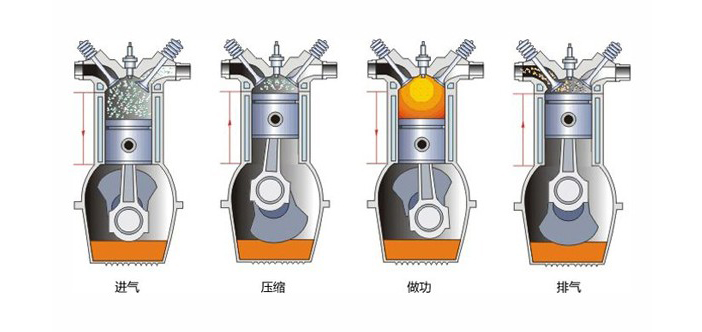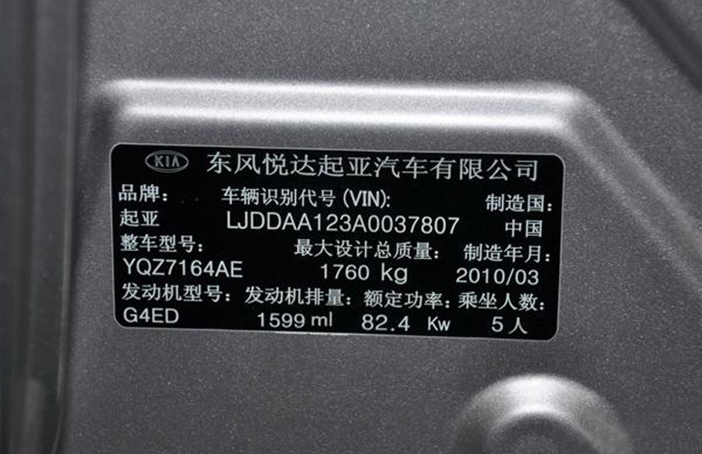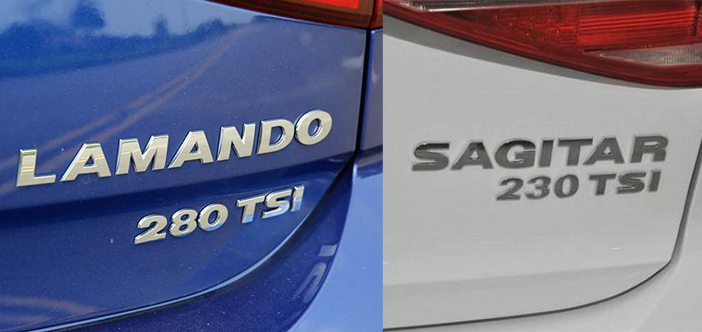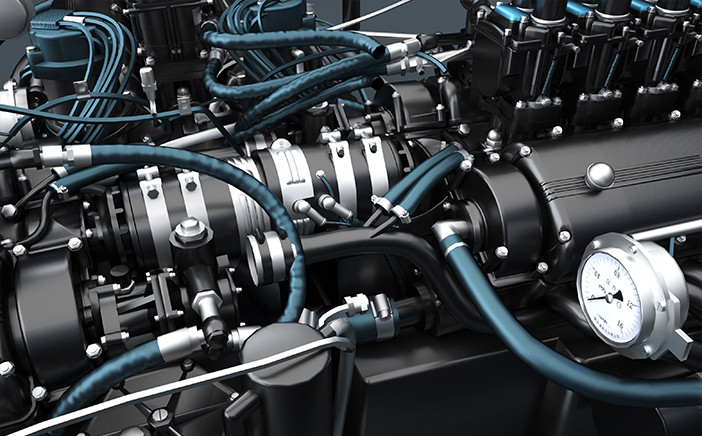Displacement refers to the volume of gas sucked or discharged per stroke of the piston. The gas volume produced by the piston moving from the highest point to the lowest point becomes the cylinder displacement; if the engine has several cylinders, the sum of the gas volumes of all cylinders becomes the engine displacement. It is generally expressed in liters (L).

Engine displacement is one of the most important structural parameters. It can represent the size of the engine more than the cylinder diameter and the number of cylinders. Many of the engine’s indicators are closely related to the displacement. Usually the displacement is large, and the energy released by the engine per unit time (that is, the chemical energy of the fuel is converted into mechanical energy) is large, that is, the “power” is good, so those off-road vehicles and sports cars usually have relatively large displacements.
The classification of cars in my country is based on the size of the displacement. The displacement of mini cars is less than or equal to 1.0 liter; the displacement of ordinary cars is in the range of 1.0 to 1.6 liters; the displacement of mid-class cars is in the range of 1.6 to 2.5 liters; the displacement of middle and high-end cars is in the range of 2.5 to 4.0 liters ; The displacement of a luxury sedan is greater than 4.0 liters. In a car, the suitability of the engine and the vehicle has a great impact on the economy of the car. If the adaptability of a small-displacement engine is not good, it may not be as fuel-efficient than a large-displacement engine, and it will even consume more fuel than a large-displacement engine. If it is a large-displacement engine, because the torque is large, it is not necessary to step on the accelerator pedal deeply, so the amount of fuel consumed does not change much. In contrast, the result is that a small displacement engine is more fuel-intensive.
In the absence of any written instructions, you can observe the nameplate of the car. There will be information such as the production date, frame number, and vehicle displacement on the car nameplate. In addition, when a new car leaves the factory, there is a piece of displacement information certified by the Ministry of Industry and Information Technology on the window glass, on which there are information such as car fuel consumption and car engine displacement (only the displacement is displayed, not with or without turbocharging).

It is rare to see the displacement of the car by observing the appearance, unless you are very familiar with this car.
Some friends may say that you can judge the displacement of a car by observing the numbers and letters at the rear of the vehicle. It is indeed possible to observe this way. However, the numbers and letters at the rear of some vehicles represent only the engine power meter, rather than the displacement of the car. As a result, the meanings of the numbers and letters at the rear of many brands of cars are different.
Here we take Volkswagen as an example (applicable to Volkswagen, Dior, and Skoda).
There are three common Volkswagen engines without turbocharging, namely 1.4-liter, 1.5-liter, and 1.6-liter engines. Among these three engines, the 1.4-liter engine does not have any numbers or letters at the rear of the vehicle, and the 1.5-liter and 1.6-liter engine vehicles The tail numbers are all 180 (the power of these two engines is the same, and 1.6 liters will soon be replaced by 1.5 liters).
The other is turbocharged engine, turbocharged engine will have the letter TSI after the number, 1.2T engine vehicle has TSI at the rear; 1.4T low-power engine vehicle has 230TSI at the rear, high-power version with 280TSI; 1.8T Engine vehicles have 330TSI at the rear (here, the old 1.8T engine vehicles have 300TIS at the rear); 2.0T engine vehicles have 380TSI at the rear, and the new 2.0T low-power engine vehicles have 330TSI (and 1.8T) at the rear. The engine power is the same).




